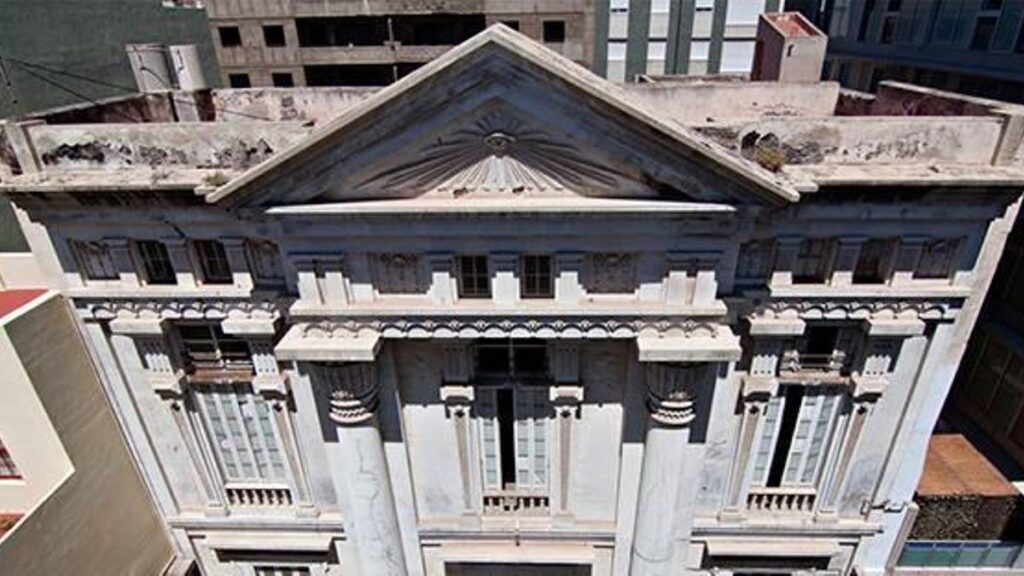New Museum for Tenerife’s Historic Masonic Temple
In a significant step for cultural preservation, Ángel Víctor Torres, Spain’s Minister of Territorial Policy and Democratic Memory, met this Friday in Santa Cruz de Tenerife with the city’s mayor, José Manuel Bermúdez, and Jesús Soriano, Sovereign Grand Commander of the Supreme Council of the 33rd Degree for Spain. The meeting aimed to accelerate the creation of the new Masonic Museum of Tenerife.
A Museum in a Restored Landmark
The future museum will be housed within the historic Masonic Temple in the capital, a building whose extensive renovation is now in its final phase. This ambitious restoration project has been backed by three million euros in funding from the Ministry of Culture. Minister Torres confirmed that the temple will be equipped with bibliographic funds and collections of all kinds to transform it into a full-fledged museum. The primary goal is to open the doors to the public, allowing visitors to discover the true history of Freemasonry—a movement that was fundamental to Spain’s intellectual development yet was persecuted in an “absolutely ignominious” manner during the Franco dictatorship.
Roadmap for Recovery and Return
During the meeting, officials closed a definitive “roadmap” for the museum’s development, which includes a draft agreement for the future cultural center. In a major development for historical justice, Minister Torres also announced that his ministry has formally requested a detailed list from the Salamanca Archive. This list will identify all the funds that were seized from the Tenerife temple during the dictatorship and are currently held in the Salamanca facility.
Furthermore, Torres has committed to meeting with the head of the Salamanca Archive to personally push for the return of these cultural assets to Tenerife. He emphasized his department’s commitment to a decentralization decree, stating, “We want to ensure that not only government offices and agencies but also bibliographic funds that belong to the cultural heritage are where they should be, which is where they were originally located.”
A Monument to History and Resilience
The Masonic Temple of the Añaza Lodge, constructed in the early 20th century (1899-1902), is considered the largest temple of Spanish Freemasonry built before the 1936 coup d’état. The Franco regime, which considered Masons enemies due to their progressive values, systematically destroyed many of their temples. The Ministry highlights that, “Fortunately, that is not the case with the magnificent Temple of Santa Cruz de Tenerife, which is now on the verge of completing its remodeling.” This makes its preservation and new role as a museum a powerful symbol of historical reclamation.


